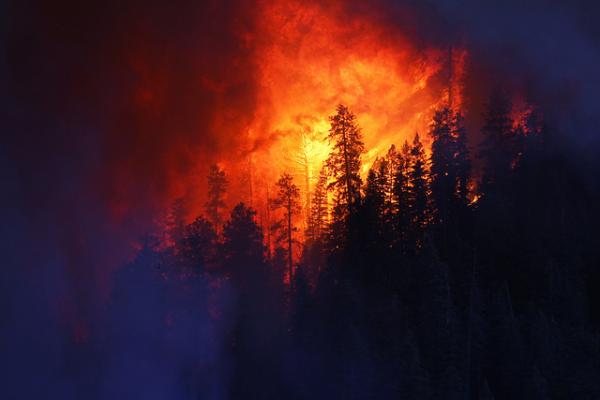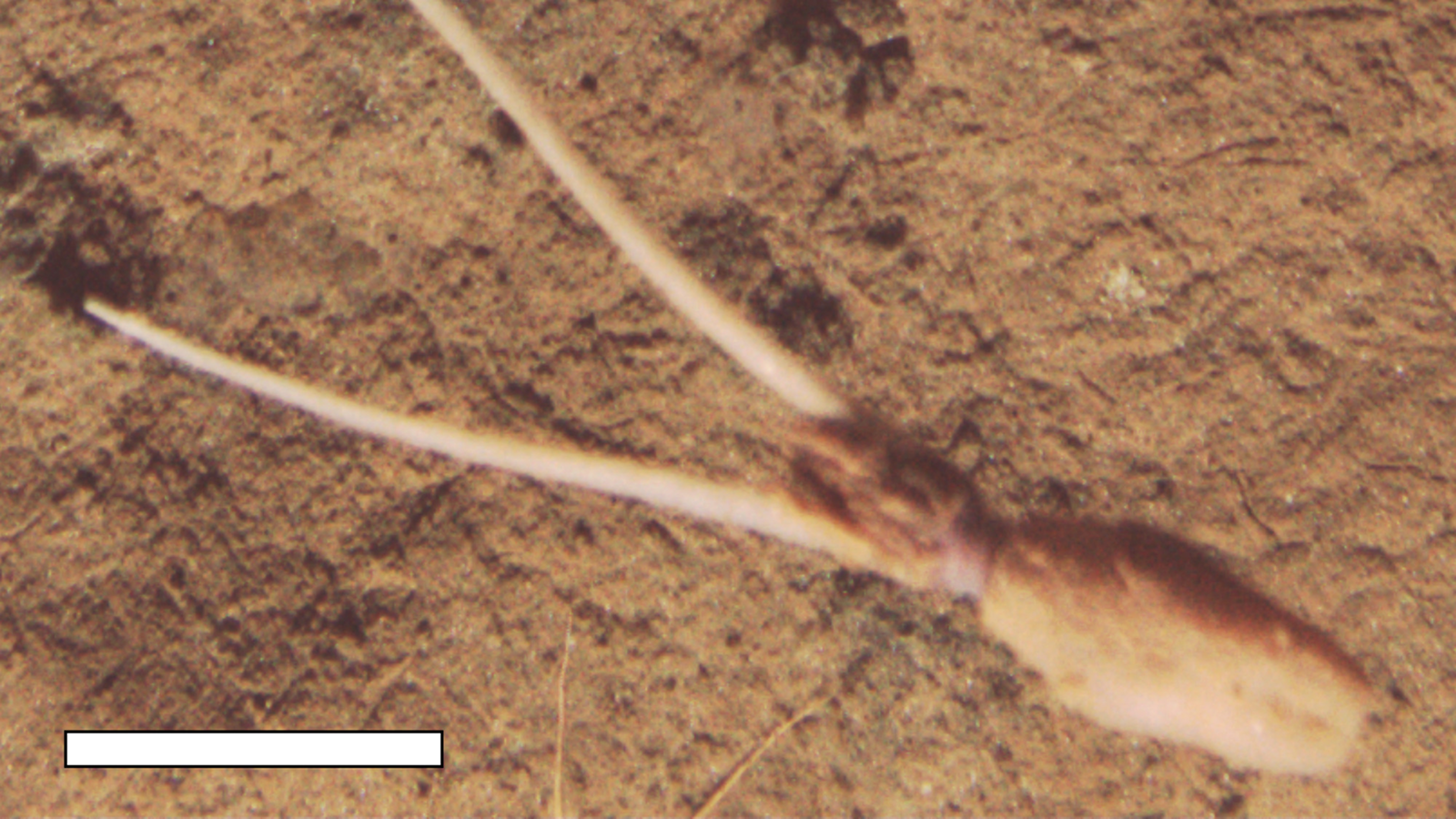Surprising Pollution Problem: Too Many Trees (Op-Ed)


Jamie Workman, writer for the Environmental Defense Fund, contributed this article to LiveScience's Expert Voices: Op-Ed & Insights.
Back in 1981, President Ronald Reagan caused an uproar when he warned that trees "cause more pollution than automobiles do." Go ahead, snicker. I sure did. But recently I discovered that he was actually right (albeit for all the wrong reasons).
Today, our Western forests — from the Rockies to the mountains of the Sierra Nevada — are loaded with several billion excess trees. This is the unintended consequence of a longstanding federal policy, symbolized by Smokey Bear, to stamp out forest fires.
That policy has radically altered our forest landscapes, where fires set by lightning or Native Americans had always limited forest stocks to roughly a few dozen trees per acre. All that changed in 1910, when a series of huge wildfires led the federal government to declare war on wildfires through a program that now costs more than $2 billion a year. [In Photos: Devastating Colorado Wildfires]
The result: roughly 112 to 172 more trees per acre in mountain forests of the West. This process of unnatural afforestation (the establishment of trees or tree stands where none previously were) may sound green and benevolent, but the reality is quite different.
The new trees' canopies collectively intercept 20 to 30 percent of snow and rain that can no longer seep into the ground, and each additional tree's roots suck 18 gallons of moisture up out of the ground before runoff can feed thirsty creeks.
That adds up. Helen Poulos, a fire ecologist at Wesleyan University, and I have estimated, conservatively, that excess trees in the 7.5 million acres of Sierra Nevada conifer forest are responsible for the loss of more than 15 billion gallons per day, or 17 million acre-feet of water per year. That's more than enough water to meet the needs of every Californian for a year.
Get the world’s most fascinating discoveries delivered straight to your inbox.
Metastasizing native tree growth also physically alters the temperature, chemistry and biology of the landscape. It crowds out indigenous plant and animal species. Shade tolerant species take over. Deprived of low-intensity, naturally occurring fires, aspen, lupine, sequoia and fireweed can't reproduce. Deer lose edge habitat. Threatened owls and raptors can't navigate through increasingly dense thickets.
And, when the inevitable forest fires rage through over-forested lands, they burn hotter and faster, and are deadlier and costlier than other fires, thanks to all that extra fuel. They also spew huge amounts of carbon and asthma-inducing particulate matter into the air — a big fire is like setting a coal-fired power plant in the middle of a forest.
Fixing the problem
How to reverse a century's accumulation of thirsty, deadly, ecologically polluting fuel? Doing nothing is too costly, and waiting for a 16-million-acre tinderbox to ignite is too wasteful and dangerous.
Happily, there's a third way, one that could aid both our anemic economy and equally anemic rivers. We need to surgically remove the bulk of the excess, small-diameter 'trash' trees through careful thinning. Enter the chain saw.
For my liberal friends, the snarl and whine of a chainsaw in the forest generates suspicion. And my conservative friends object to a multibillion-dollar public works projects in the woods.
But, as times have changed, so have economic incentives. Western markets value an acre-foot of water at $450 to $650, which means that the annual worth of water taken up by excess trees throughout the Western forests may be more than $8.5 billion. To recover that water, private and local public entities could invest $1,000 per acre in people to cut down small, fire-prone trees, yielding $1,500 worth of vital water per acre.
This contractual approach to the forest — anchored by Western cities like Spokane, Wash.; Denver; Salt Lake City; San Diego; Bend, Ore.; Reno, Nev.; Albuquerque, N.M.; Sacramento, Calf.; or Bozeman, Mont. — would pay for itself while reducing fuel loads, slashing carbon emissions, increasing water runoff to streams and rivers, raising revenues and boosting meaningful job growth in rural areas. What's not to like?
There is no need for federal or state funds, or new laws — in fact, state and federal regulators should cut the red tape that might hold up local agreements between cities and rural areas that could restore forest health and replenish shrunken rivers.
It's true that this approach will require that environmentalists jettison the outmoded notion that if 12 trees are good, 100 trees must be better. It's that kind of thinking that now threatens to strangle the very forests and streams environmentalism seeks to protect. It's time to move on.
The views expressed are those of the author and do not necessarily reflect the views of the publisher. This article was originally published on LiveScience.com.


